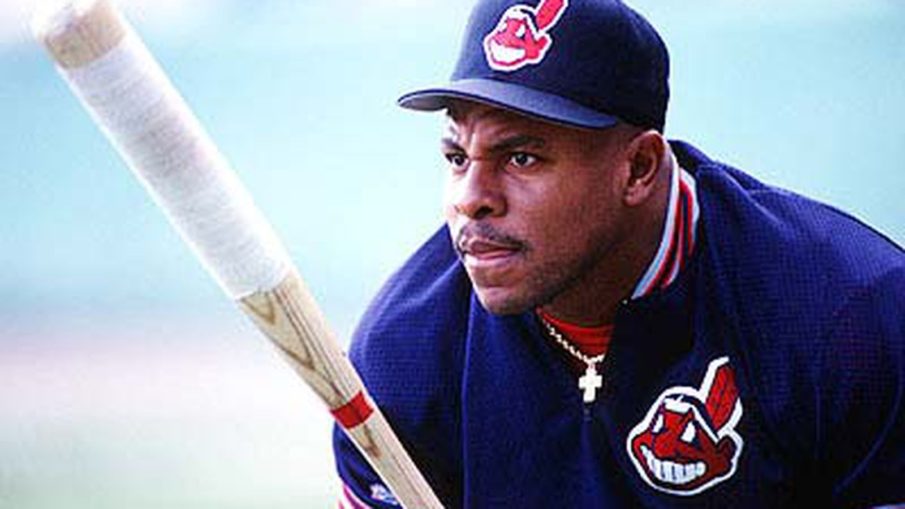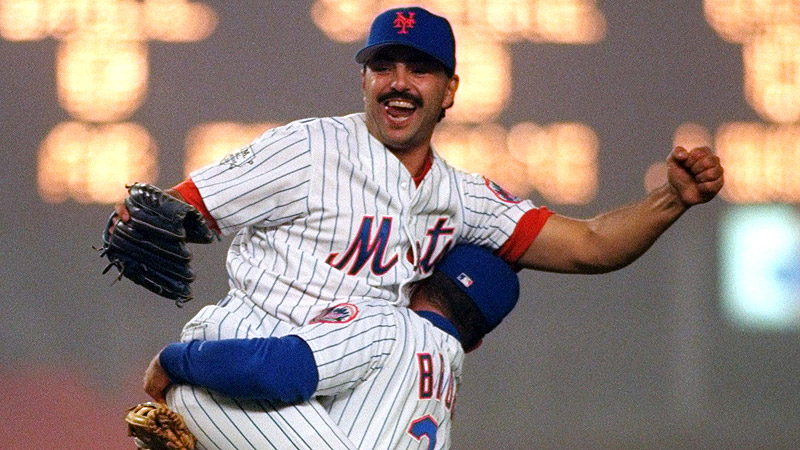
Sometimes, Hall-of-Fame voting can be perplexing.
While most voting-based attention is paid at the top of the ballot, it’s the bottom of the ballot where voting has been historically head-scratching. This year was no exception: Johan Santana, arguably the greatest pitcher of the ’00s, received just 2.4 percent of the vote. He may not be a Hall-of-Famer, but his candidacy deserves at least more than a year of debate.
But that wasn’t the only ridiculous sighting at the ballot’s bottom: He was tied with Jamie Moyer, who also received 2.4 percent of the vote. Moyer made just one All-Star team in 25 MLB seasons, which makes it impossible to argue that he’s as deserving as Santana. Other ridiculous votes also include Carlos Lee and Livan Hernandez each receiving a vote.
Over the years, far too many borderline players have been “five percented” too early. So in honor of Santana’s five-percenting, here is the All-Time “Five Percented” team; the best players at each position to get under five percent of the vote at some point.
Whether or not any of these players deserve to be in the Hall of Fame is a debate for another day. What is certain, however, is that they all deserved more time on the ballot than they received.
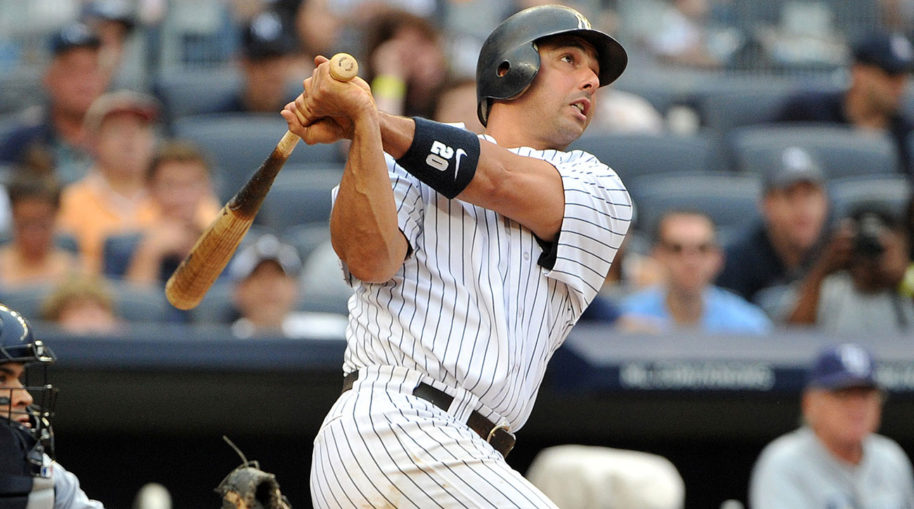
Jorge Posada, C
From 2000-09, Posada batted .283/.386/.492 with a 129 OPS+ while averaging 21 home runs per season. Jorge Posada also has a higher career bWAR than Hall-of-Famers Ernie Lombardi and Roy Campanella. In another era, he might be considered one of the best hitting catchers of his time, and someone worthy of serious Hall consideration — especially given his status as one of the dynasty Yankees’ “Core Four.”
But on a crowded ballot last year, Posada received just 3.8 percent of the vote.
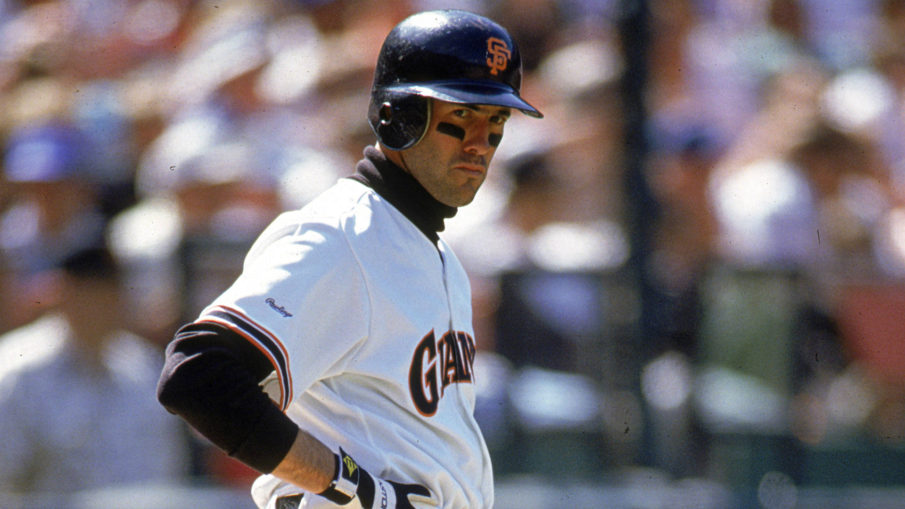
Will Clark, 1B
In the late 1980s and early 1990s, there were few bigger stars in baseball than Will Clark. From 1987-1992, Clark batted .303/.378/.515 with a 152 OPS+, while averaging 25 home runs and 99 RBI per year. He finished top-five in MVP voting four times during that six-year stretch.
Later in his career, while still hitting for solid average, Clark was unable to keep up his power numbers. He eclipsed more than 20 home runs just once after 1993, giving into the perception that he had declined. His slash line of .305/.394/.485 from 1993-2000 would say otherwise, however. Clark received just 4.4 percent of the vote in 2006, his only year on the ballot.
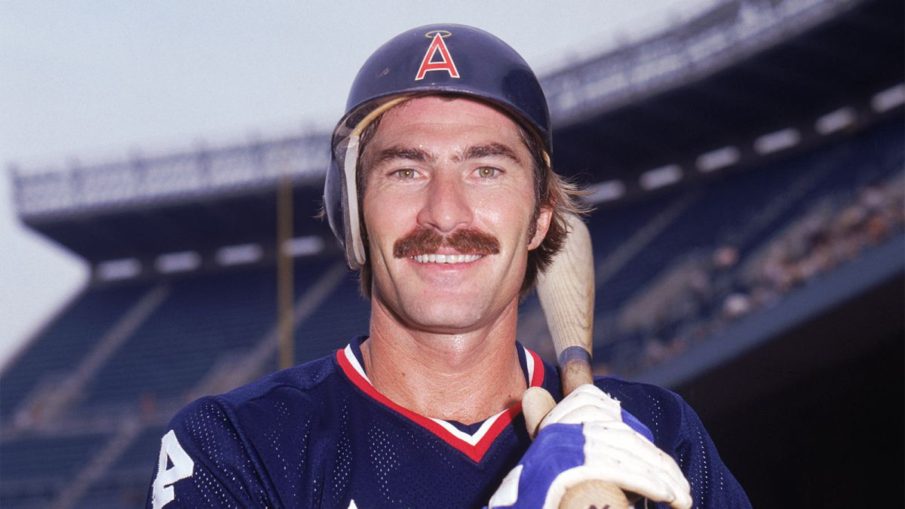
Bobby Grich, 2B
According to JAWS, Bobby Grich is the seventh-greatest second baseman of all time. Grich outranks Hall-of-Famers Jackie Robinson, Ryne Sandberg and Roberto Alomar in this department. And he was clearly a fantastic all-around player: He won four Gold Gloves and maintained a career OPS+ of 125.
Despite this, Grich received just 2.6 percent of the Hall-of-Fame vote in 1992. This may have been due to the fact that his so-so lifetime average (.269) paled in comparison to his fantastic career on-base percentage (.376).
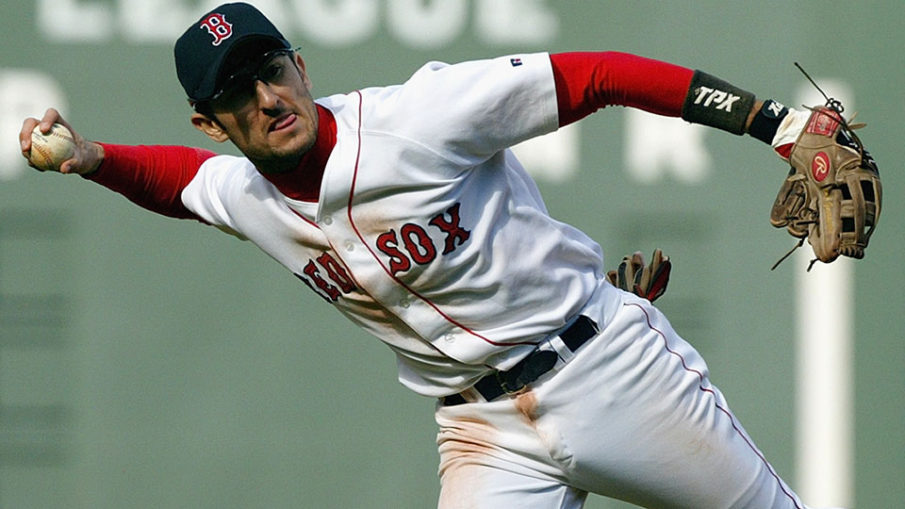
Nomar Garciaparra, SS
Nomar Garciaparra batted .300 in each of his first six full MLB seasons, finishing top 10 in MVP voting five times, while averaging 30 home runs and a 133 OPS+ along the way. He hit for power like few shortstops that came before them. But since he played in an era known for power-hitting shortstops, Garciaparra got put on the back burner in the eyes of many Hall-of-Fame voters, lasting just two years on the ballot.
He received 5.5 percent of the vote in his first year on the ballot in 2015, but fell to 1.8 percent in 2016. Had it not been for injuries, Garciaparra would have had a much stronger Hall of Fame case: He averaged just 84 games played per season from 2004-09.
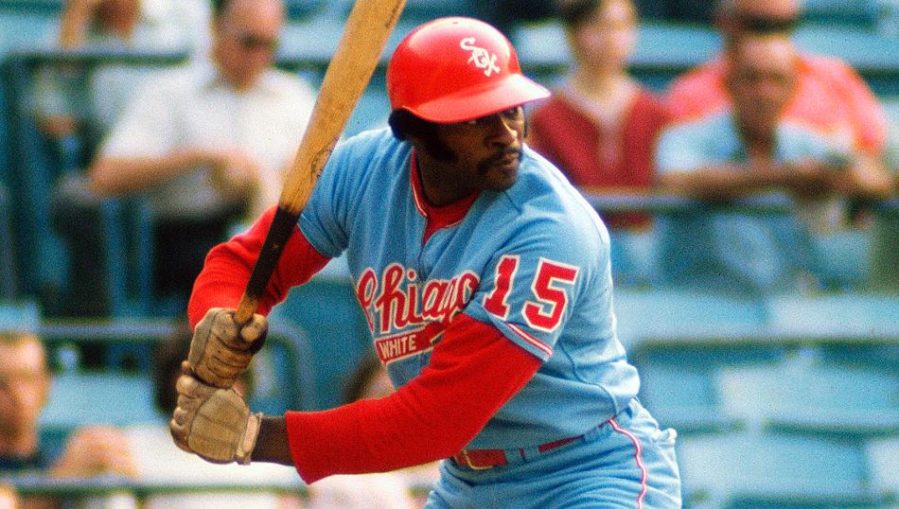
Dick Allen, 3B
Dick Allen was one of the most controversial players in his day, for reasons ranging from racism to Allen’s clashes with managers and teammates. But in terms of pure numbers, Allen may be the best non-PED player not in the Hall-of-Fame.
Allen has the same career OPS+ (156) as Willie Mays, and ranks higher than Hank Aaron, Joe DiMaggio, Mel Ott, Frank Robinson and Albert Pujols in that category. From 1964-1974, Allen led the league in OPS four times, slugging three times, on-base percentage twice, and was named AL MVP in 1972.
Despite this, Allen received just 3.7 percent of the vote in his first year on the ballot in 1983. The five-percent elimination rule wasn’t established back then, so Allen remained on the ballot — although he never received more than 18.9 percent of the vote.

Bob Johnson, LF
Bob Johnson is perhaps the most underlooked player of the 1930s and ’40s. He didn’t play in the majors until he was 27, but he never stopped hitting once he did.
Johnson batted .296/.393/.506 over 13 MLB seasons, and made eight All-Star appearances while with the Philadelphia Athletics, Washington Senators, and the Red Sox. He was extremely consistent too — he hit at least 20 home runs and drove in at least 90 runs in each of his first eight MLB seasons.
Unfortunately for Johnson, he only appeared on the ballot twice (in 1948 & 1956), and failed to get even one percent of the vote either time. This is someone the Veterans’ Committee should take a look at.
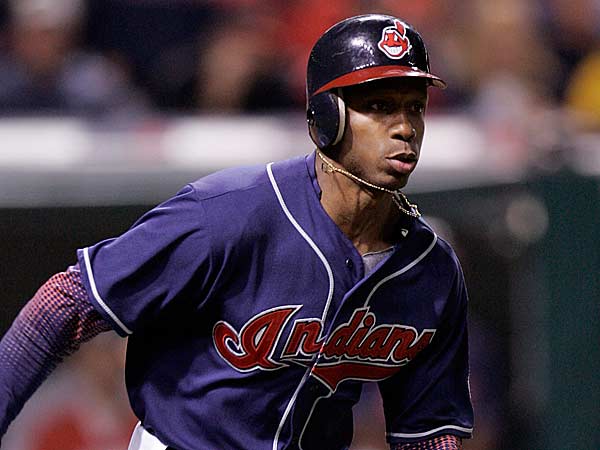
Kenny Lofton, CF
The notion of Kenny Lofton as a Hall-of-Famer seemed laughable before the advent of advanced analytics. In fact, he received just 3.2 percent of the vote in his only year of eligibility in 2013. Now, this case has received a bit more reverence.
Lofton has the ninth-highest bWAR of any center fielder. Ever. Based on JAWS, he’s the tenth-best center fielder of all time. You might not have thought of Lofton in these terms while he played, but solid defense and base running get you a long way in these new-age stats.
While Lofton essentially spent the ’00s as a journeyman, he was truly an elite center fielder in the ’90s. From 1992-1999, he batted .311/.387/.432 while receiving four Gold Gloves and averaging 54 steals a year. In fact, he led the league in steals in each of his first five big-league seasons. He certainly has a much stronger case than meets the eye — and certainly deserved more than one year on the ballot.
Albert Belle, RF
Albert Belle might just go down as the least likable superstar in sports history. He was reportedly billed about $10,000 annually in damage to home and road clubhouses, and was prone tirades against the media. This is likely the reason why Belle’s Hall of Fame candidacy lasted just two years — a baseball writers’ revenge of sorts.
That said, Belle’s numbers are certainly Hall of Fame worthy. Belle was a .295/.369/.564 lifetime hitter with a 144 career OPS+, who averaged 37 homers and 120 RBI a year from 1991-2000.
He was forced to retire at 33 with a hip injury, which made his Hall-of-Fame candidacy much more negotiable than it would have been had he had another three to five peak seasons. And after years of mistreatment from Belle to the writers, the writers erred on the side of snubbing Belle.
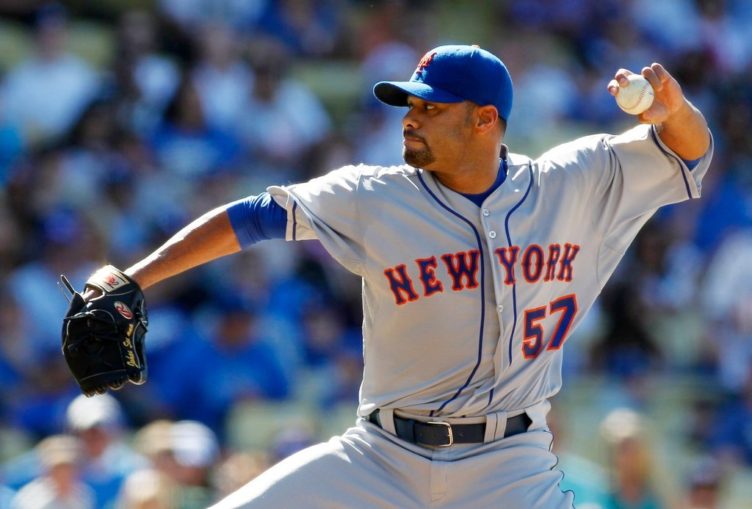
Johan Santana, SP
Johan Santana, who had a five-year stretch as baseball’s best pitcher, received just 2.4 percent of the vote last week. His case is borderline, sure. But it’s hard to argue that a two-time Cy Young Award winner should have been off the ballot so quickly.
Among all pitchers in the ’00s, Santana ranks second in ERA (3.03), second in WHIP (1.07), fourth in strikeouts per nine innings (9.13), second in batting average against, and 15th in wins despite not being a full-time starter until 2003.
And from 2004-08, Santana led all pitchers with at least 700 innings in just about every statistical category. A very strong case can be made that Santana was the best pitcher of the 00s, but apparently not a strong-enough one to keep him on the ballot for more than a year.
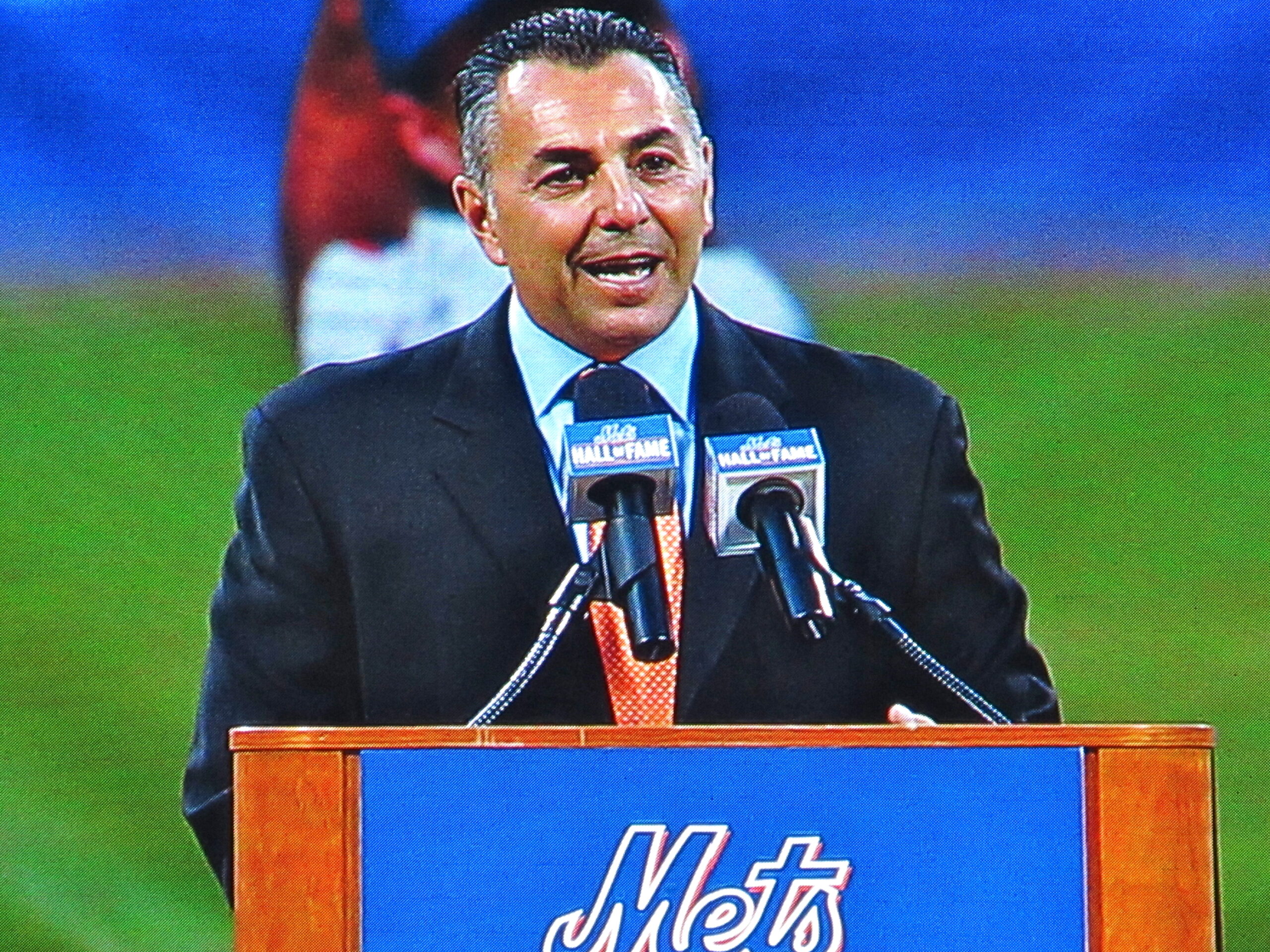
John Franco, Closer
John Franco was one of baseball’s most consistent closers for nearly two decades. His 424 career saves were the second-most in MLB history at the time of his retirement (and are now fifth) and Franco posted an ERA+ under 110 just one time from 1984-2000. While Franco may not qualify for Cooperstown, his resume would indicate at least a few years on the ballot. Franco received just 4.6 percent of the vote in 2011, his only year of eligibility.



